3 air plant mistakes a plant expert says are likely killing yours – plus tips on how to avoid them
You may be surprised by how easy it is to grow these unique houseplants
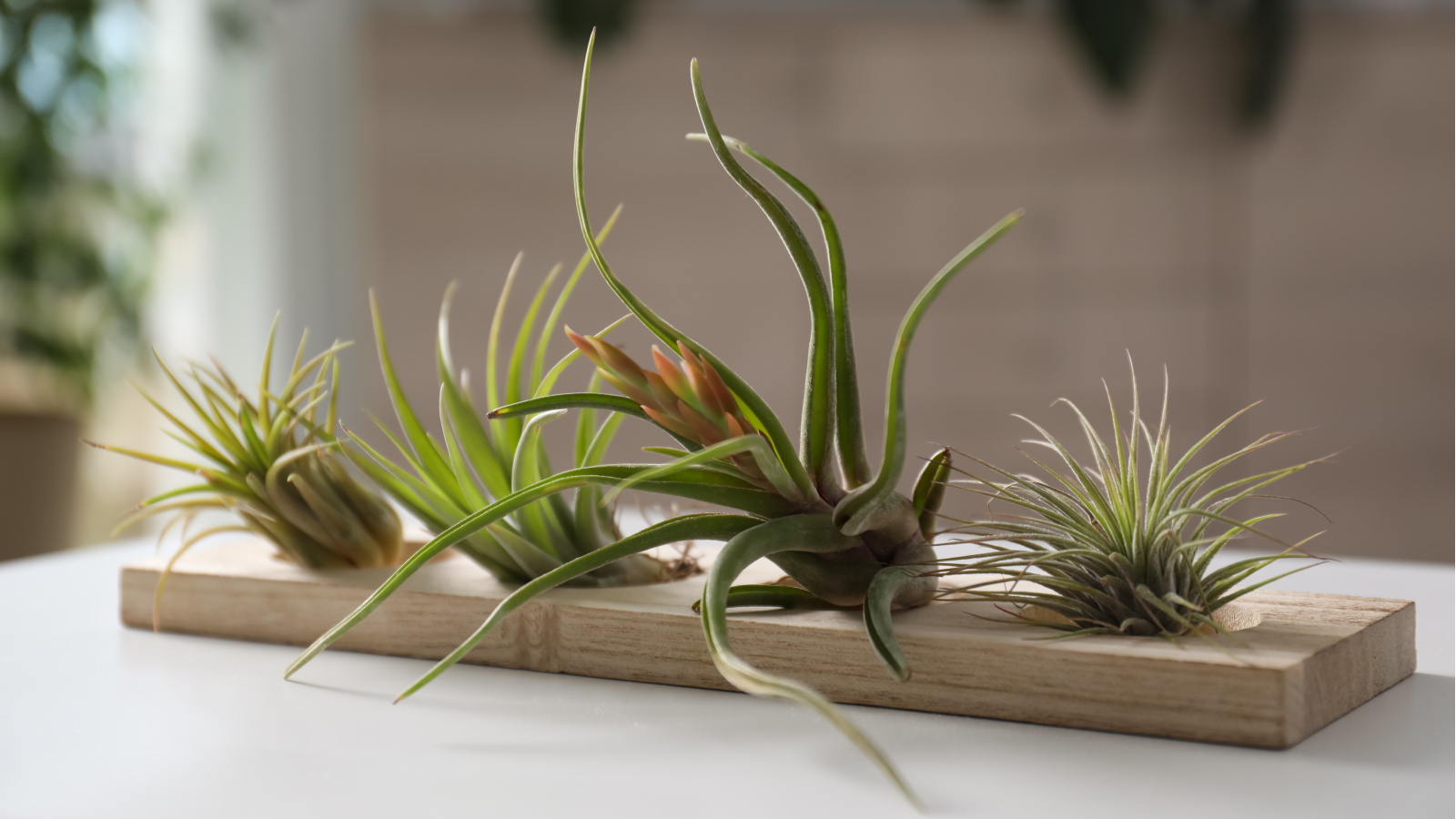

Many indoor gardeners have regained a fascination with air plants, or Tillandsia, in recent years. It's become somewhat trendy to have these epiphytic plants hanging from ceilings or displayed in glass vessels around the home.
Although they can seem daunting to the novice houseplant owner, caring for air plants is actually very straightforward. That is, so long as you follow a few simple rules. These intriguing plants are often victim to overwatering or growing in the wrong environment, leading to a downfall that is hard to save.
Don't worry though, it's quite easy to avoid air plant mistakes once you're aware of them. That's why I've spoken to a houseplant expert to find out more about getting air plants to thrive in our homes. Here's everything he said to watch out for.
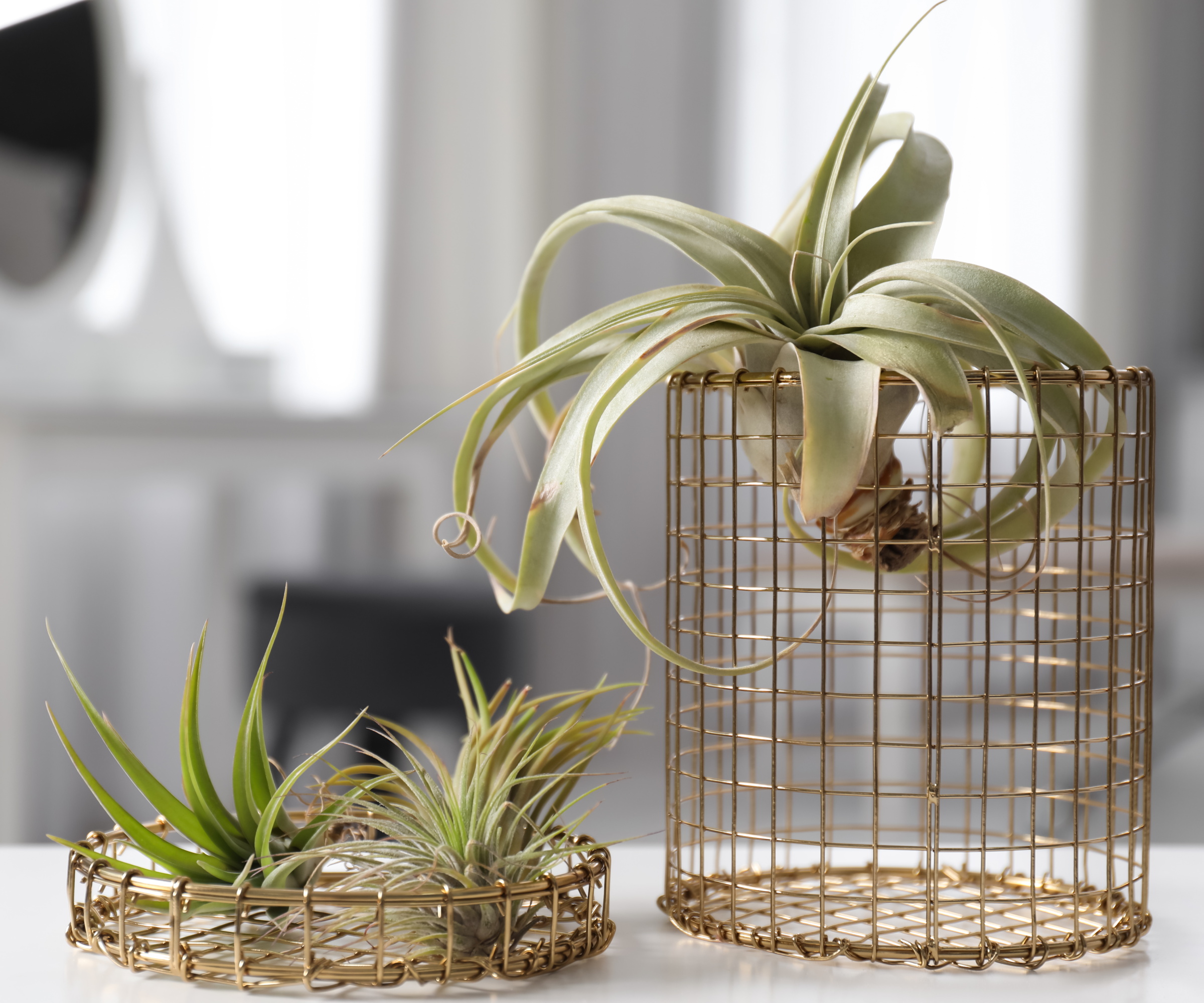
3 common air plant mistakes
It doesn't matter what type of air plant you have growing in your home - there are some simple guidelines to follow for all of them. Here, a plant expert outlines some common air plant mistakes to have on your radar.
1. Overwatering your air plant
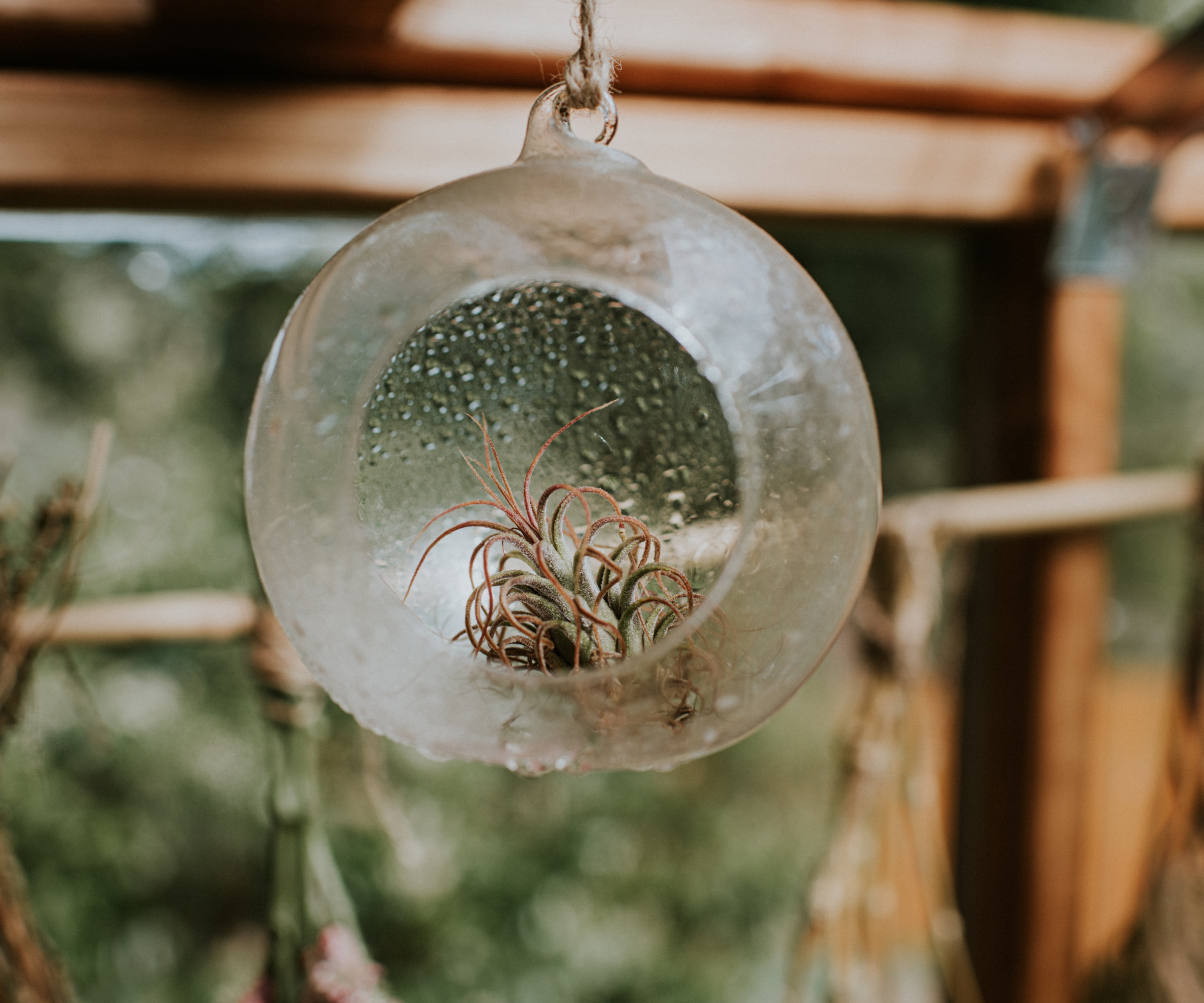
Probably the most common indoor plant mistake associated with air plants is incorrect watering. Just like other epiphytic plants (those that often grow on the bark of trees in their natural habitat), air plants typically don't need as much water as some other types of houseplants.
'Air plants tend to grow on objects or other plants. They have adaptations to help deal with this. One of these is being able to deal with sporadic and short periods of rainfall,' says Tom Knight, houseplant expert and owner of Our Houseplants.
'They're not able to store large volumes of water like cacti or succulents, but instead, when they dry out fully, they essentially go dormant until the next rainfall,' he explains.
In the home, it's important to recreate this by not watering your houseplants too frequently. Air plants expect a period of drought and keeping them at a constant moisture level can cause issues like rot.
While they aren't thirsty houseplants, you also shouldn't wait too long to water them again: 'They're far better at dealing with underwatering than other plants, but you will need to water air plants eventually' Tom says.
Look for signs of foliage wrinkling or curling, especially during the warmer months.

Tom has been caring for houseplants almost his whole life, having learned about the art of horticulture from all four of his grandparents, growing up in houses and gardens full of plants and flowers.
2. Planting your air plant in soil
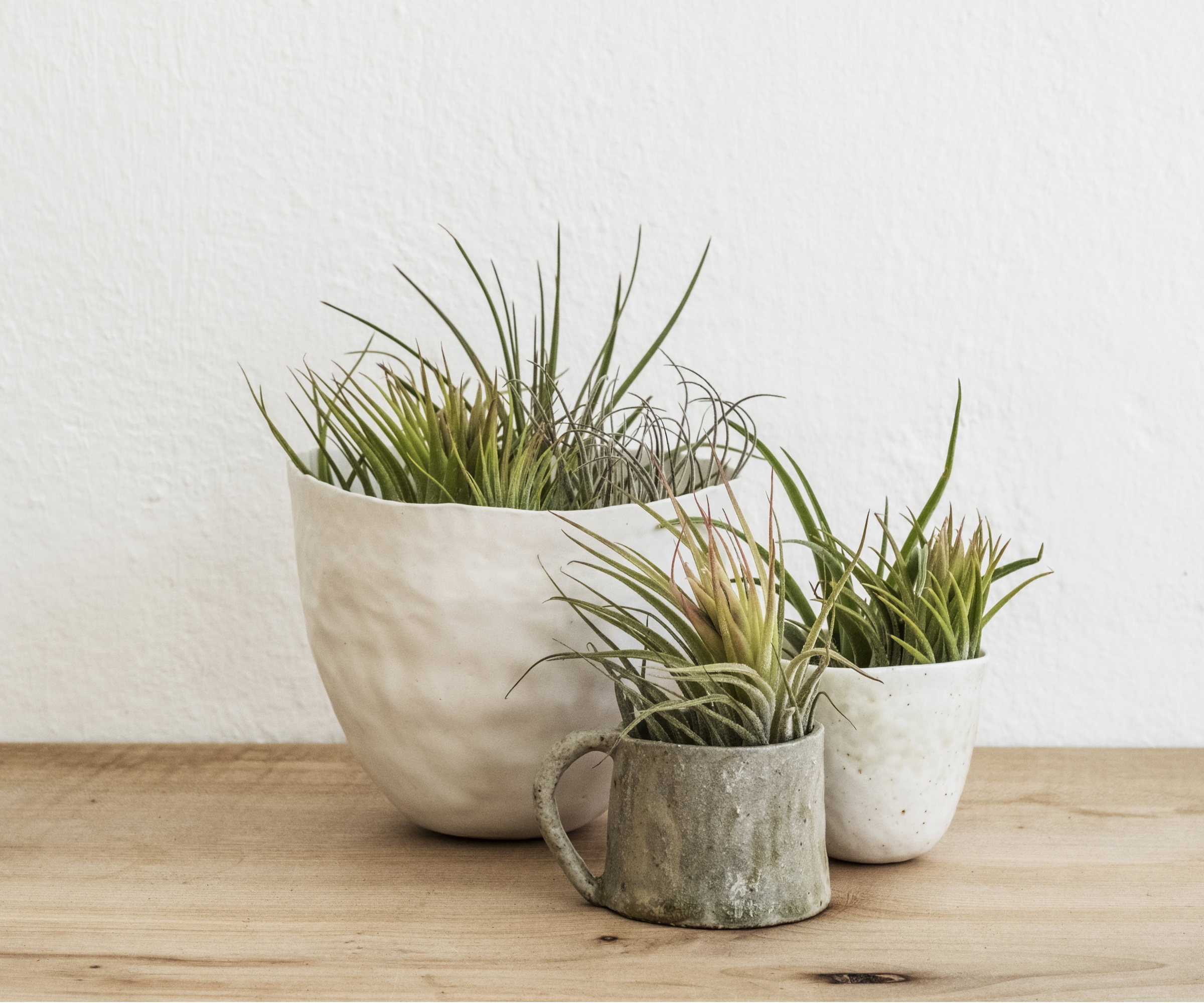
This one may sounds obvious, but if you're unfamiliar with air plants you might not realise these houseplants grow without soil for a reason - a potting mix can hinder their health.
'Most species of air plants have evolved not to grow roots at all. Some will have tiny roots, but they're superficial and only designed to attach to things. This means they will not grow properly in most potting mixes,' Tom explains.
'As soil holds water, planting your air plant in this is a recipe for disaster. The constant contact with moisture will eventually cause the plant to rot,' he adds.
Just like growing orchids, which have aerial roots, air plants don't cope well with the saturated environment of soil. You're likely to see a similar result as orchid root rot, detrimentally impacting the health of your air plant.
Instead, grow air plants in air plant terrariums or other glass vessels, like these hanging glass planters from Amazon. A bonus in displaying air plants in this way is it shows off their striking foliage.
3. Growing your air plant in too little light
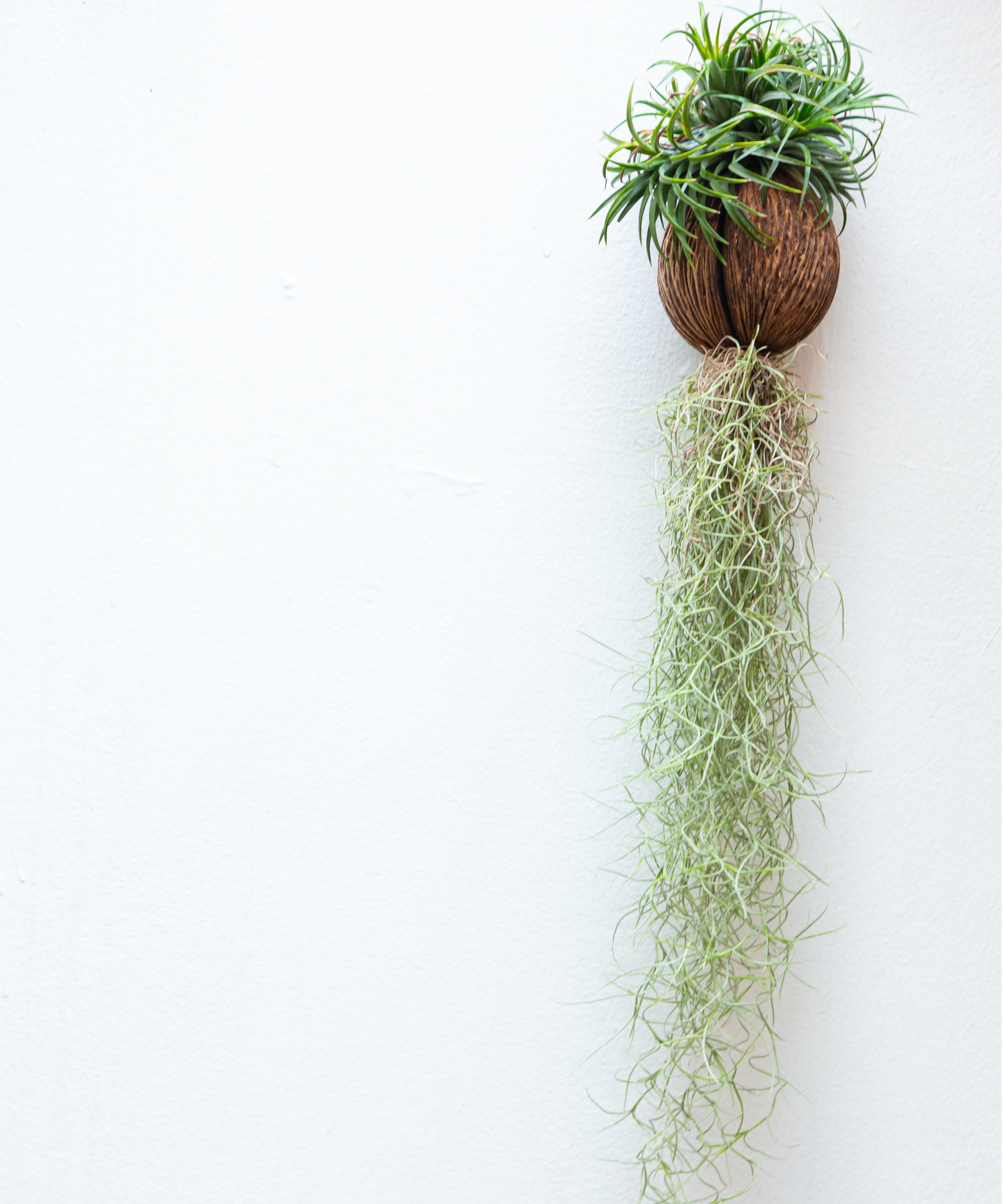
Air plant mistakes aren't all to do with incorrect moisture levels. Lighting is also a key factor in keeping your air plant happy and healthy.
'Light is essential for all plants; photosynthesis can't occur without it and plants can't make energy to support themselves without this process,' Tom explains. 'This goes for air plants, too. If light levels are too low for prolonged periods, your air plant won't be around for long' he adds.
For all indoor plants, it's key to position them in a spot reminiscent of their native growing environment. When it comes to air plants, this means somewhere with the bright, indirect light similar to what they receive beneath the canopies of trees in tropical regions of north and south America.
Watch out for direct sunlight, however, which could cause leaf scorch and turn your air plant turning brown.
If the rooms in your home struggle to get plenty of sunlight, try using grow lights for houseplants. This grow light from Amazon even has a timer function so you don't have to worry about turning it off again.
FAQs
Do air plants need high humidity?
This all depends on the type of air plant you're growing. Many - including Tillandsia bulbosa and Tillandsia ionantha - come from humid natural environments and will appreciate higher humidity levels in your home. You can grow them as bathroom plants or use one of the methods to increase humidity for indoor plants.
On the other hand, Tom Knight, houseplant expert and owner of Our Houseplants, notes: 'Many species are also found in more arid places, and some even grow in deserts.' These types of air plants include Tillandsia tectorum and Tillandsia duratii, and will appreciate living in a drier spot of your home.
Can air plants survive on air alone?
Air plants are epiphytes, meaning they grow on other plants and objects in their natural environment, rather than in soil. While it's easy to assume they only need air to survive because of this, they actually wouldn't get very far without other sources of nutrition, water, and light. In fact, you can even feed air plants with this air plant fertilizer from Amazon to provide a boost of essential plant nutrients.
Now that you're more aware of these common air plant mistakes, it should be quite easy to grow them at home successfully. You may even want to try propagating air plants to have more of these wonderful houseplants in your home.
Something else Tom wants you to keep in mind, however: 'Avoid buying plants that have been glued onto decorative objects. 20 years ago, it was very common to buy air plants glued onto seashells, and they don't last long like this,' he warns.
Sign up to the Homes & Gardens newsletter
Design expertise in your inbox – from inspiring decorating ideas and beautiful celebrity homes to practical gardening advice and shopping round-ups.

Tenielle is a Gardens News Writer at Homes & Gardens. She holds a qualification in MA Magazine Journalism and has over six years of journalistic experience. Before coming to Homes & Gardens, Tenielle was in the editorial department at the Royal Horticultural Society and worked on The Garden magazine. As our in-house houseplant expert, Tenielle writes on a range of solutions to houseplant problems, as well as other 'how to' guides, inspiring garden projects, and the latest gardening news. When she isn't writing, Tenielle can be found propagating her ever-growing collection of indoor plants, helping others overcome common houseplant pests and diseases, volunteering at a local gardening club, and attending gardening workshops, like a composting masterclass.
You must confirm your public display name before commenting
Please logout and then login again, you will then be prompted to enter your display name.
-
 I wanted to organize my bookcase in a way that would start a debate among guests – Reese Witherspoon's bold shelves are my blueprint
I wanted to organize my bookcase in a way that would start a debate among guests – Reese Witherspoon's bold shelves are my blueprintReese's bookshelves master this controversial design ideology – everyone I know has a strong opinion on whether I should follow her example
-
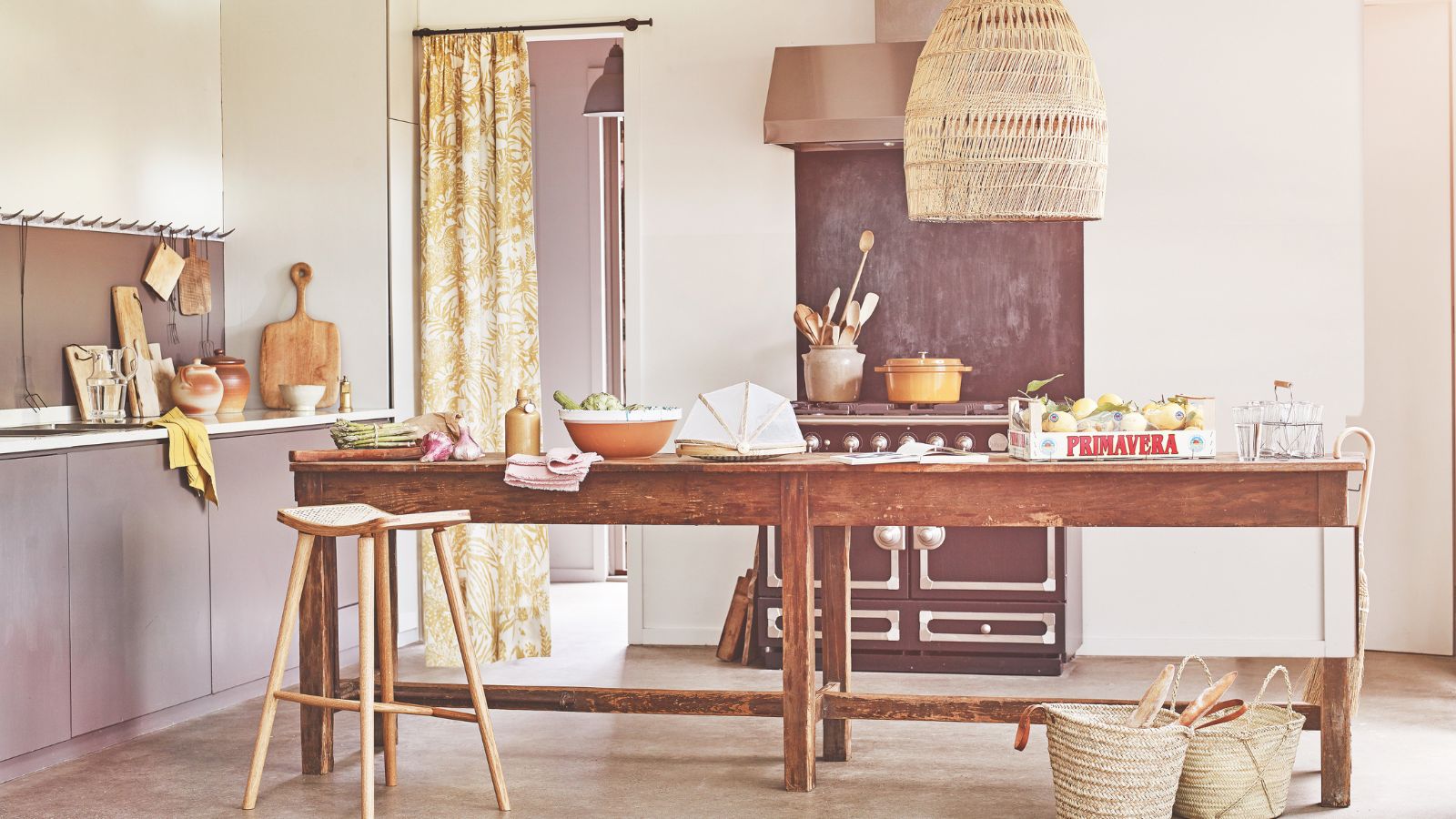 'Flies abhor the chemicals' – how to get rid of flies in your house with a cucumber
'Flies abhor the chemicals' – how to get rid of flies in your house with a cucumberThe uses for this salad staple go beyond your evening meal